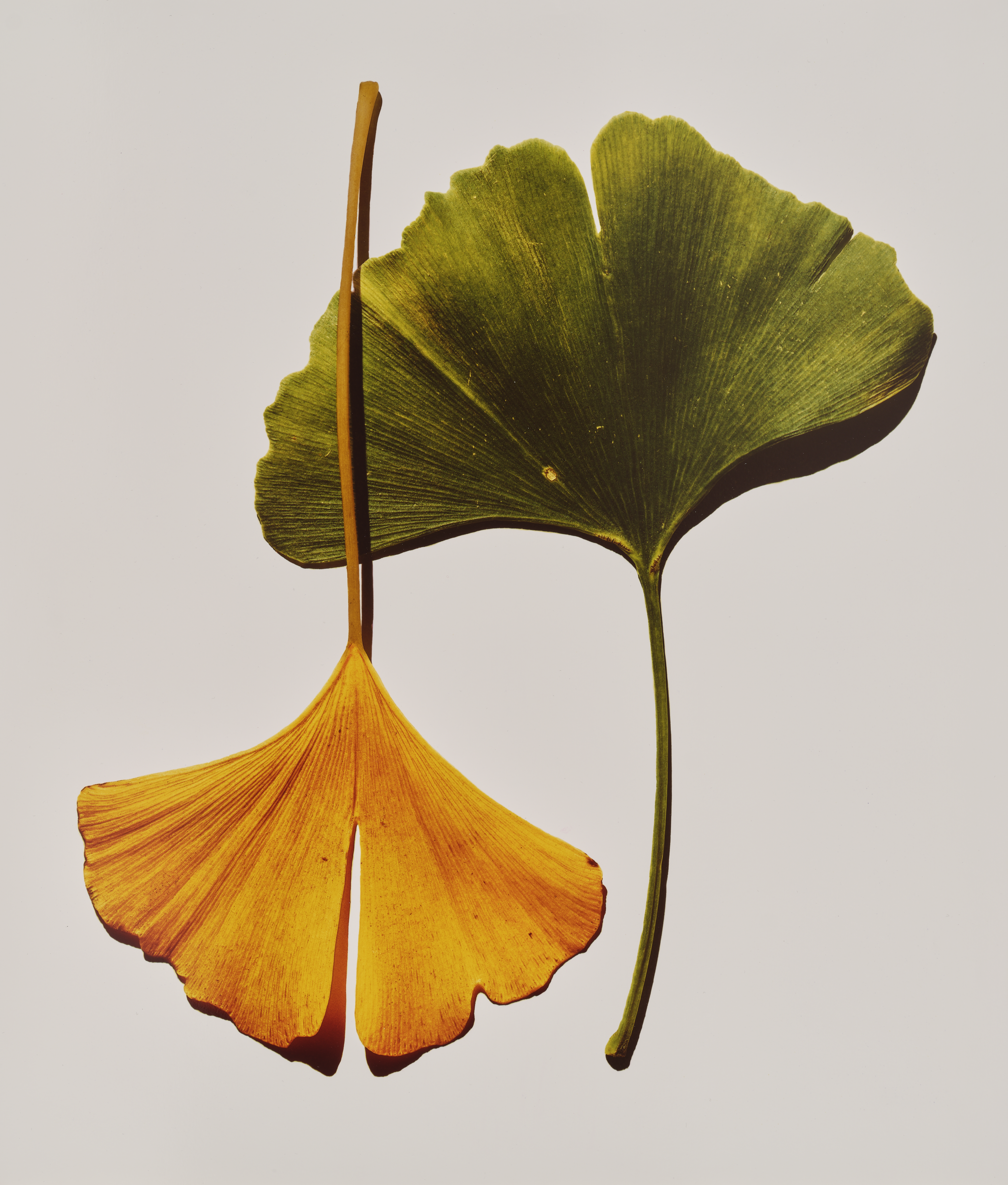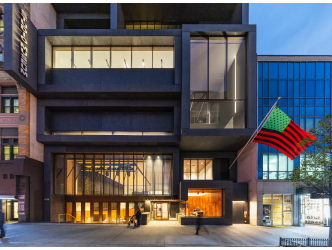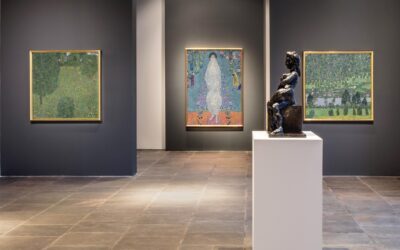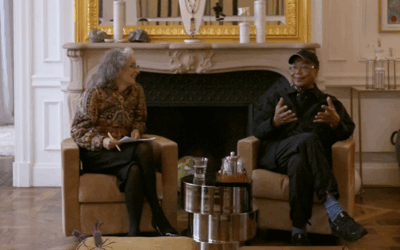Stylist of the female image
Among the pantheon of modern fashion photographers stand two American talents turned legends: Richard Avedon (1923–2009) and Irving Penn (1917–2009). Among their many common traits, both worked tirelessly for the now-iconic magazines Harper’s Bazaar and Vogue. Each, in his own way, was a stylist of the female image-but not only that. From a collector’s standpoint, however, connoisseurs note a crucial distinction: Avedon had his photographs printed by professionals, while Penn maintained an almost obsessive relationship with the printing process, producing nearly all his prints himself.
The photographic object
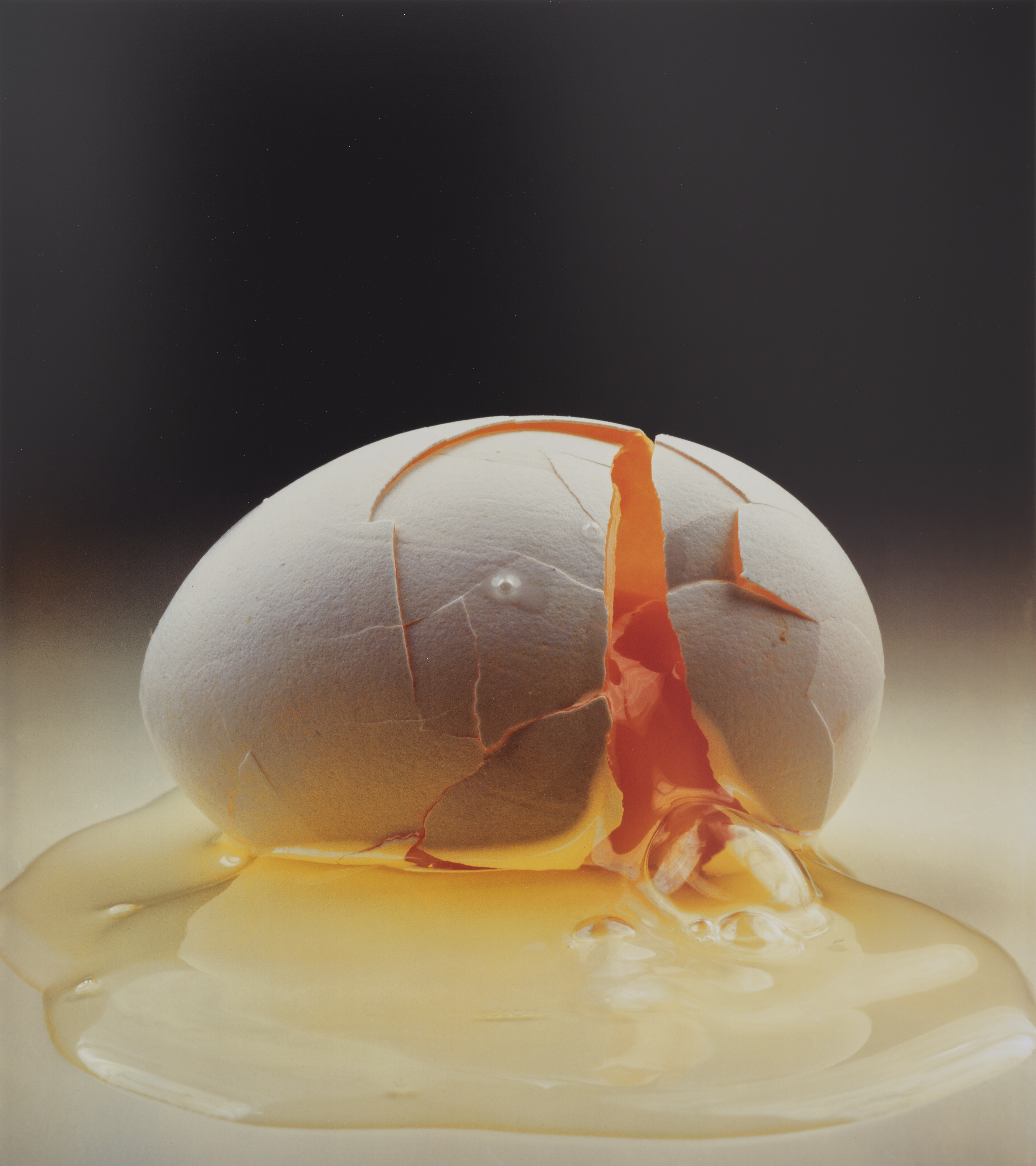
In other words, while Penn cared about the published image, he was equally fascinated by the photographic object itself—beyond publication. In 2017, the Metropolitan Museum of Art in New York celebrated the artist’s centenary with a landmark retrospective, later shown at the Grand Palais in Paris. The Met’s curator of photography, Jeff L. Rosenheim, explained that Penn made special prints for himself—personal experiments he kept, now held by the Irving Penn Foundation. “He was one of the most extraordinary photographers, from the 1940s until his death. He produced large-format platinum-palladium prints—a particularly demanding process to master.”
At Phllips in New York
On October 8, 2025, in New York, Phillips will offer 70 lots—67 photographs and 3 drawings—belonging to the Irving Penn Foundation. The selection is estimated at $3 million. This event marks a major moment in the photography world, distinguished by the finest possible provenance. According to sale specialist Vanessa Hallett, the Foundation’s decision reflects “a desire to share and disseminate Penn’s work.”
In a difficult economic context
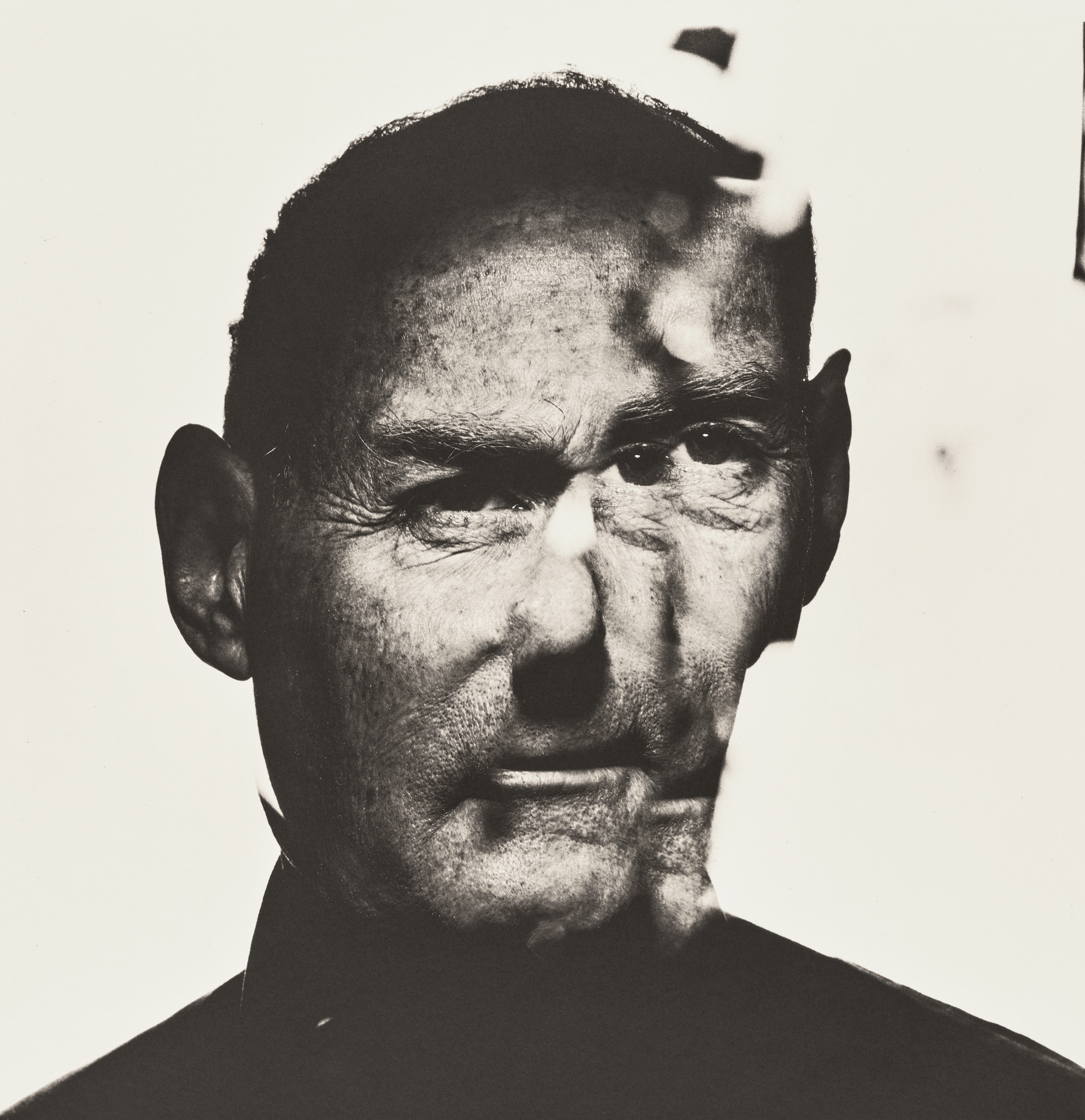
Contrary to expectations, such dispersals can yield strong results today. In a difficult economic context, international auction houses are holding fewer traditional, in-person photography sales. Even Paris has lost its regular photography auctions. In this landscape, Phillips stands out. On March 18, 2025, the house achieved $5.6 million for 43 lots from a private collection dedicated to William Eggleston (b. 1939)—the great chronicler of American everyday life who elevated color photography—setting several new records. According to the Artprice database, the market for Penn has shifted. About a decade ago, as contemporary photography gained prominence, fashion photography also rose in value. But today, “Penn’s photographs circulate less frequently at auction: 131 works sold in 2014 versus 77 in 2024. Their average price has also declined—from $42,300 in 2014 to $25,000 in 2024.”
Major event for Penn
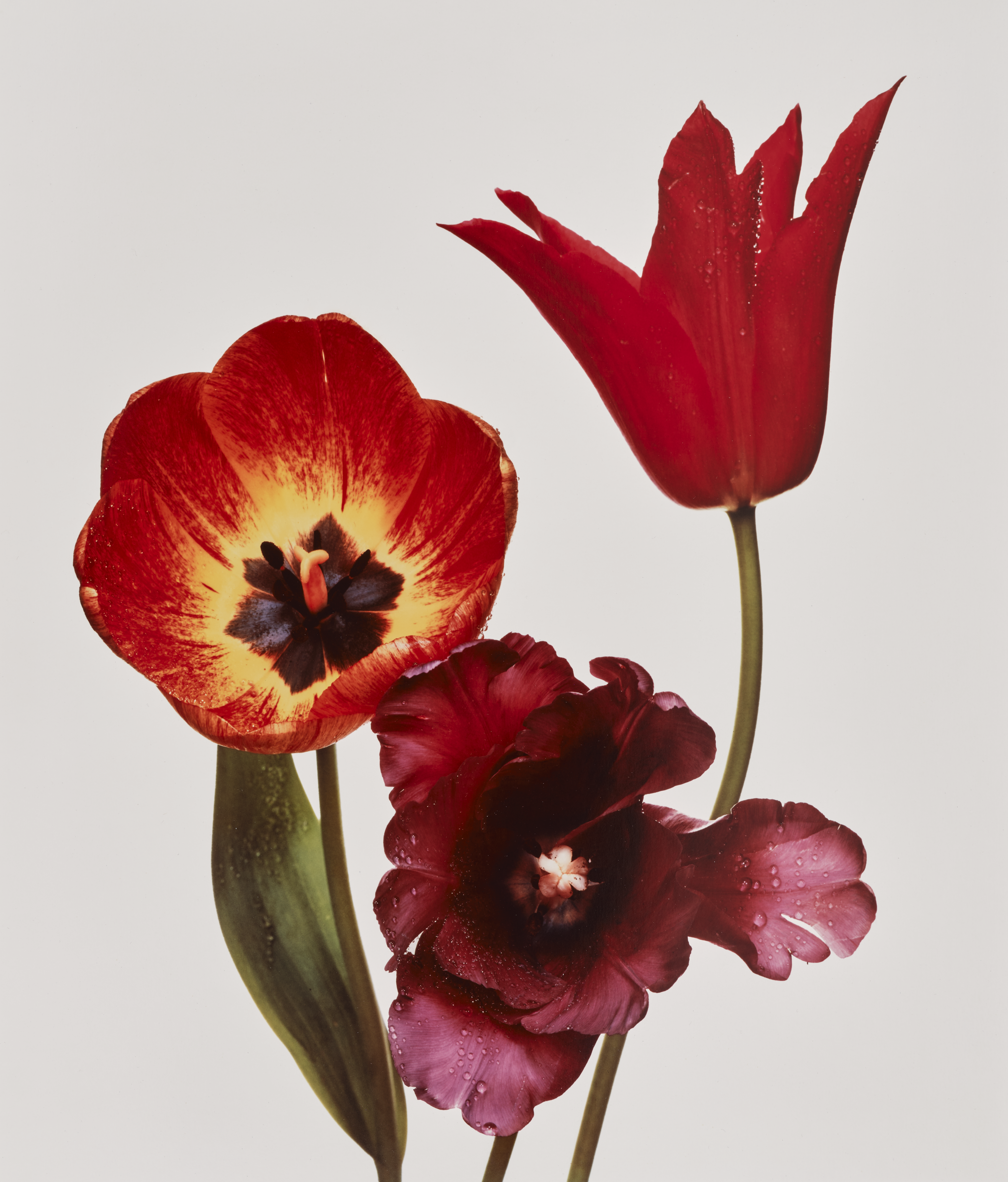
The Phillips sale therefore represents a significant event for this major photographer. Penn joined Vogue in 1943, and it was within that magazine that he built his entire career. “The publication gave him every technical resource he could dream of,” explains Matthieu Humery, curator of the 2014 exhibition at the Palazzo Grassi in Venice, devoted to Penn’s works from the François Pinault Collection. Photography expert Philippe Garner made a similar observation in the Grand Palais exhibition catalogue: “For Irving Penn, Vogue offered an undeniable advantage—it provided a professional context in which he could pursue his keen interest in the visual arts.” Not just in fashion, either: his first images for the magazine were still lifes and portraits, remarkable for their structure and sense of line.
Technically complex
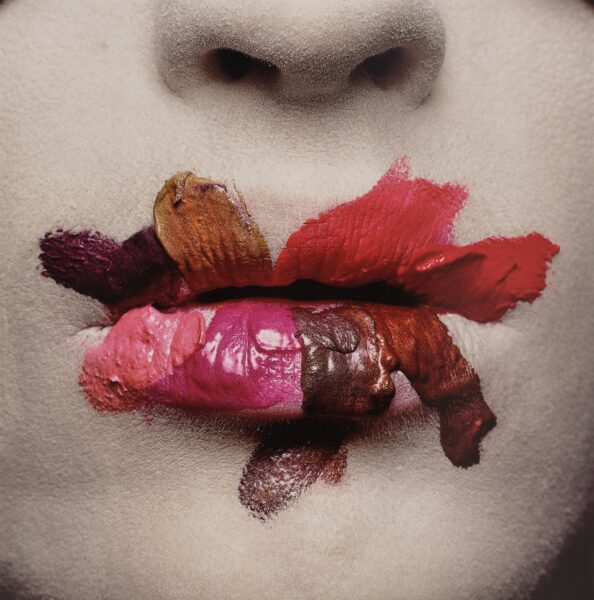
The world of fine art photography is technically complex, as the Phillips catalogue for the October 8 sale demonstrates. Each lot notes the copyright holder—often Vogue’s parent company, Condé Nast. But this concerns only reproduction rights and does not affect ownership of the print itself. Likewise, both the date of the negative and the date of the print are specified. For instance, Three Poppies “Arab Chief”, New York depicts three crimson poppies photographed in 1969; this rare dye transfer print—renowned for its deep, vibrant colors—dates from 1992. In this size (55 × 46.4 cm), 27 prints exist. “The number could reach up to 35, depending on Penn’s satisfaction,” explains Hallett.
The model: Lisa Fonssagrives
According to one seasoned professional, unlike with other photographers, the print date does not affect value, since each print was personally overseen by Penn. “You can own several types of prints of the same image—they were all made by Penn himself, who loved to experiment,” adds Hallett. The lowest estimate in the catalogue is $10,000 for one of his early works (1948), a black-and-white street still life printed in 1985 in an edition of ten. The highest, $200,000, corresponds to Harlequin Dress (1950, printed 1979), featuring his wife Lisa Fonssagrives in a checkered dress. The composition—built on triangles and diamonds—is printed in platinum-palladium, celebrated for its rich blacks and subtle greys. The auction record for a Penn print, €361,000, also corresponds to a platinum-palladium portrait of Fonssagrives in a Moroccan palace.
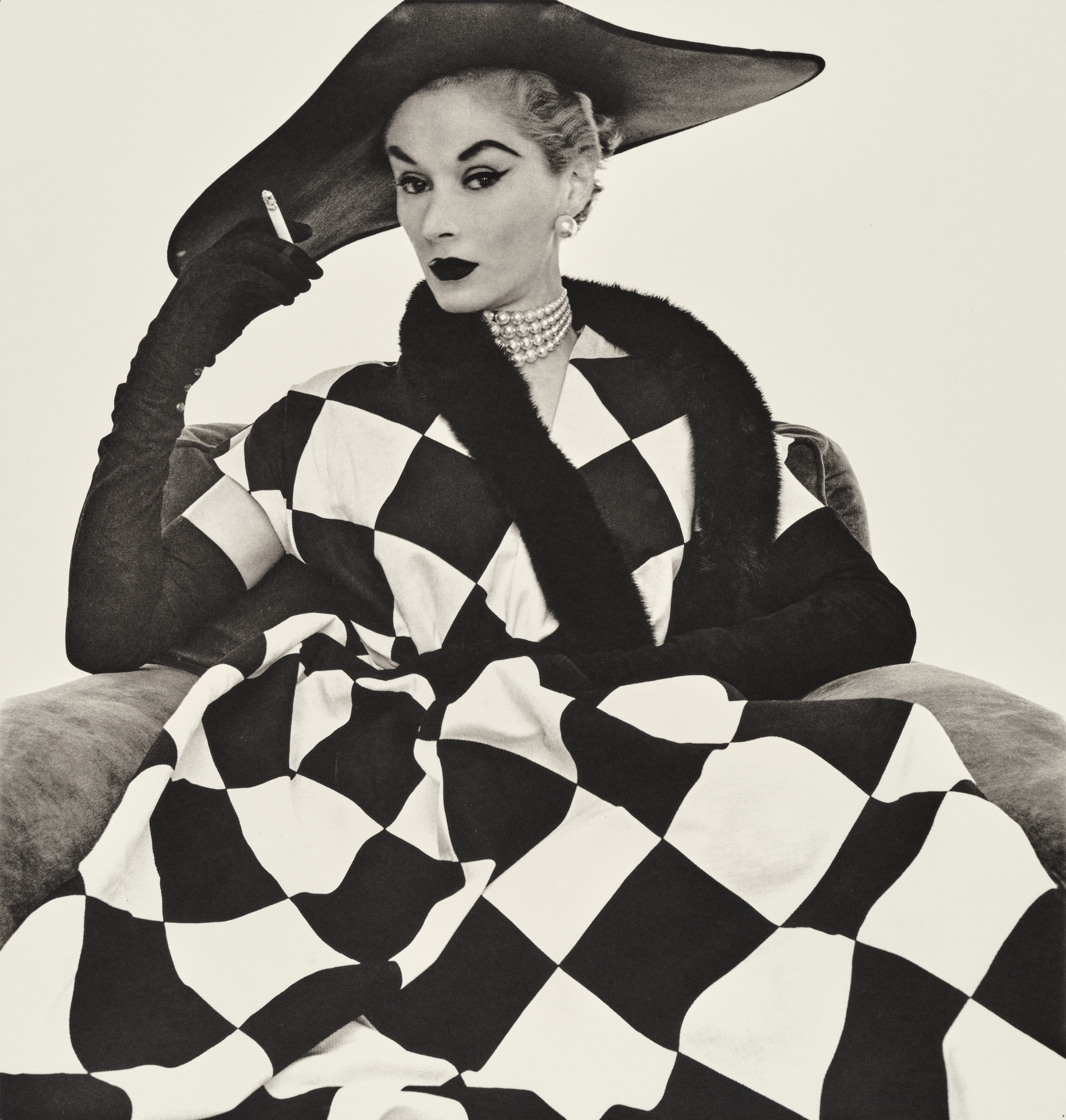
Preparatory sketches
The Phillips catalogue also includes a famous color image of two ginkgo biloba leaves placed tip to tip, printed in 1992 in a dye transfer edition of 22. The image carries sentimental value: the tree from which the leaves came was planted at Irving and Lisa’s wedding. Their son has said the two leaves represent the yin and yang of their characters (estimate: $200,000). In 2014, a comparable print sold for €343,500. Finally, the sale features three rare preparatory sketches for Penn’s photographs—evidence of his meticulous approach to image-making.
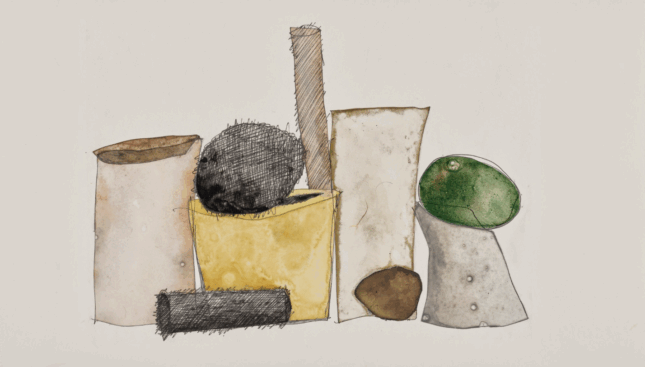
Far from Henri Cartier-Bresson’s notion of the “decisive moment” captured by chance, Penn carefully plotted the placement of each object in his still lifes (estimates: $10,000–25,000). It might seem surprising that an American photographer lavished such attention on humble subjects—carafes, wooden cubes, tubes—but Penn’s philosophy was clear.
In 1951, at a MoMA symposium, he declared:“The modern photographer shows the same interest and passion whether he photographs a queen, a chair, a fashion model, a soldier, or a horse.”
Support independent news on art.
Your contribution : Make a monthly commitment to support JB Reports or a one-off contribution as and when you feel like it. Choose the option that suits you best.
Need to cancel a recurring donation? Please go here.
The donation is considered to be a subscription for a fee set by the donor and for a duration also set by the donor.


